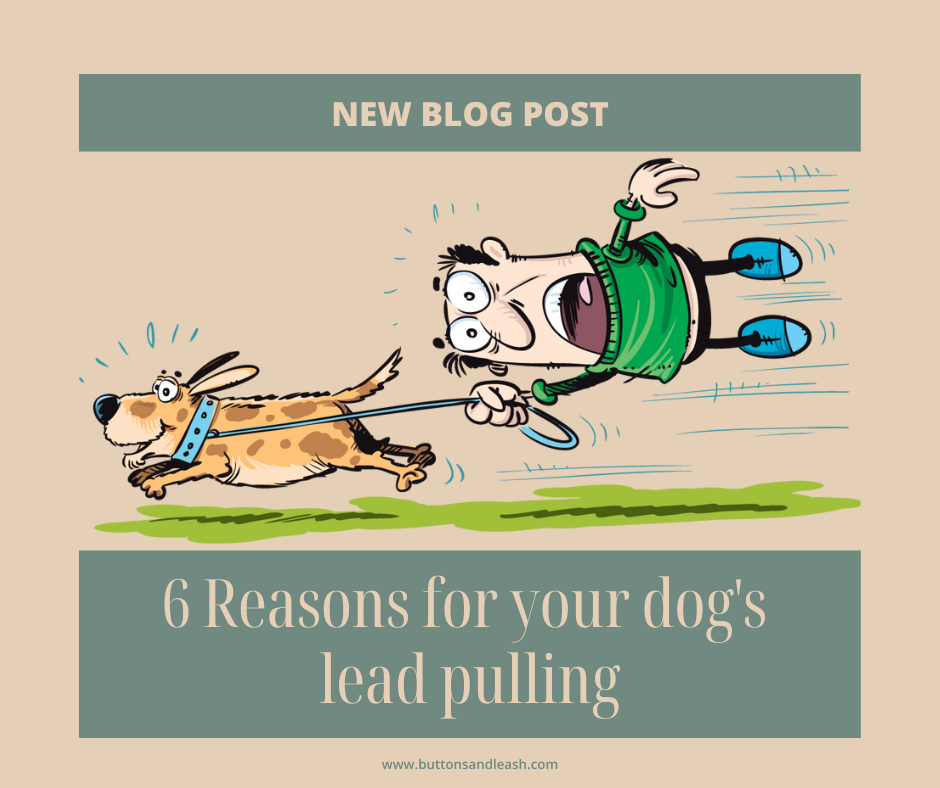Why do dogs pull on the lead?
Pulling on the lead is one of the most common behaviour “problems” reported by dog owners and for good reason. Not only is loose lead training one of the hardest skills to teach but it is also one of the easiest to accidently reinforce. Below are six of the most common reasons why dogs pull […]
Why do dogs pull on the lead? Read More »


